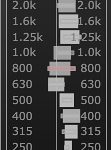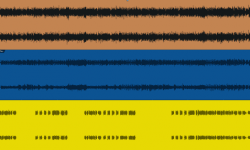Exploring the Fingerboard (4): Octaves and fourths

The last episode of my “Exploring the Fingerboard” series is about finding and naming notes within any single position. To this end, we have to make use of octaves and fourths, and the “next stop” rule. Contents: 0:50 – The “small window” problem 1:31 – Octaves 2:39 – Fourths 3:49 – Octaves again 4:29 – Exercise 8: Naming 2 notes on each string within a position 5:12 – Ex. 8A: Starting with the note D (A string, 3rd position) 6:09 – Ex. 8B: Starting with the note E (A string, 4th position) 7:04 – Summary & goodbye topics: fingerboard…









